Life in the city
HARAPPA - LIFE IN THE CITY
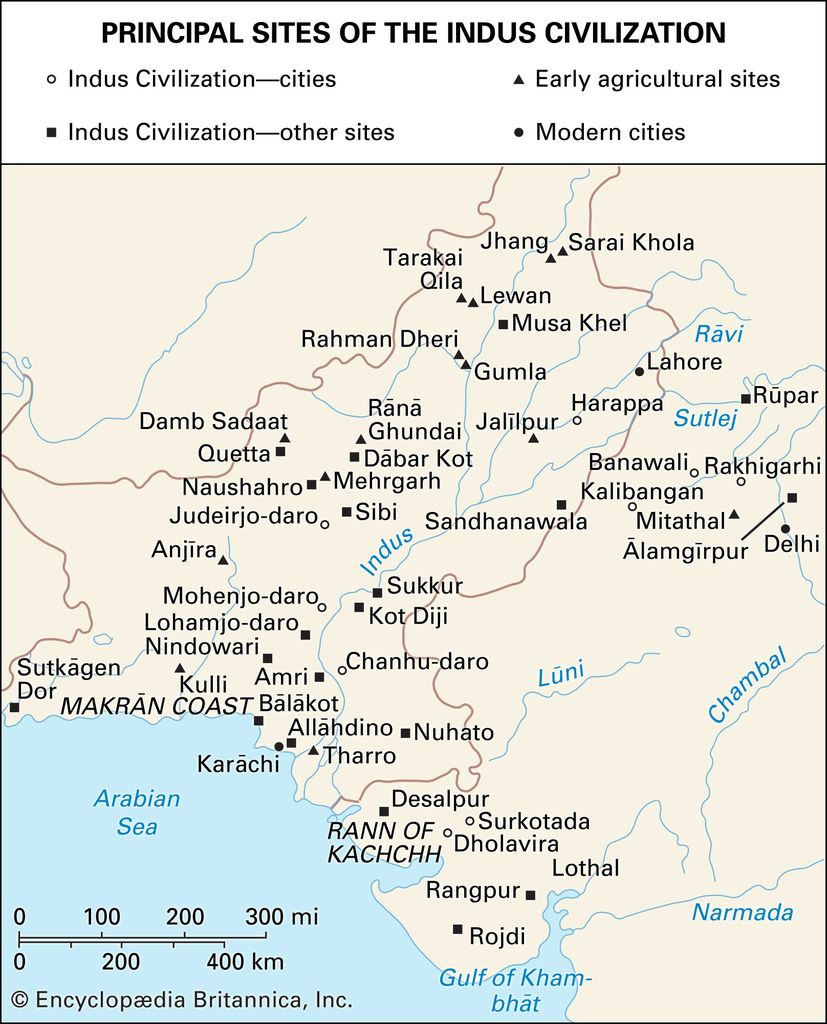
- Harappan city was a very busy place
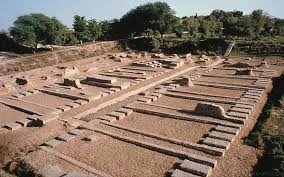
- People involved-
-
- THE RULERS:
-
-
- Planned the construction of special buildings in the City.
- Sent people to distant places to get metal, precious stones and other things for the construction.
- Kept ornaments of gold and silver, or beautiful beads for themselves.
-
THE SCRIBES: People who knew how to write
- Prepared the seals

- Wrote on other materials but not survived
THE CRAFTS PERSONS:
-
- Making all kinds of things
-
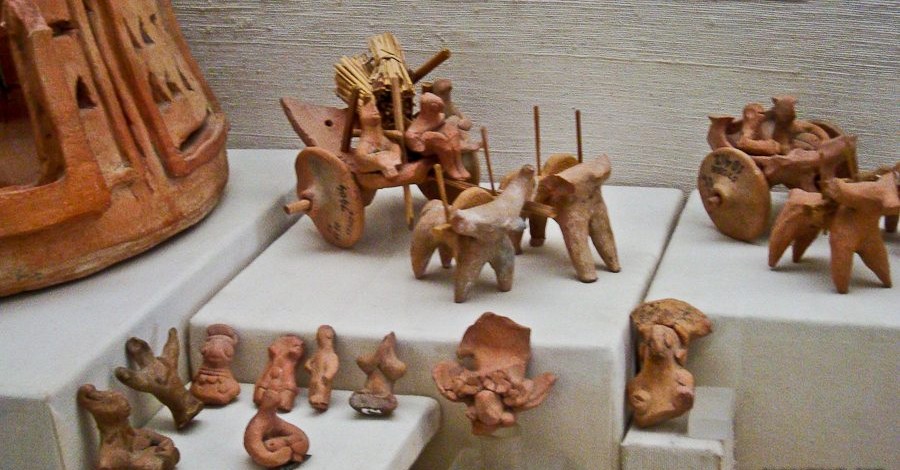
- Terracotta toys for children
-
- Either in their own homes
- Or in special workshops
THE TRAVELLERS:
-
- Travelled distant lands
- Returned with raw materials
- With stories
Raw materials & Food
RAW MATERIALS
Raw materials:
Substances that are
- found naturally
- Wood
- Ores of metals
- Produced by farmers and herders
Raw materials + process = finished goods
cotton(raw material produced by the farmers) + processes = cloth
The Harappans used locally available raw materials as well as brought from distant places such as copper, tin, gold, silver, and precious stones.
- Copper from present-day
- Rajasthan
- Oman in West Asia
- Tin from present-day
- Afghanistan
- Iran
(tin was mixed with copper to produce bronze)
- Gold from present-day Karnataka
- Precious stones from present-day
- Gujarat
- Iran
- Afghanistan
- Toy cart shows that carts were used to transport things from one place to another.
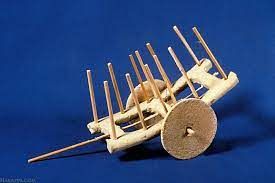
- Seals show that the trading of goods flourished at that time.
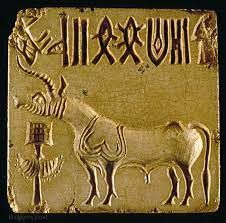
FOOD FOR PEOPLE IN THE CITIES
PEOPLE IN THE CITIES:
- The rulers, the scribes, and the crafts persons lived in the cities.
- The farmers and the herders lived in the countryside and supplied the food to the city.
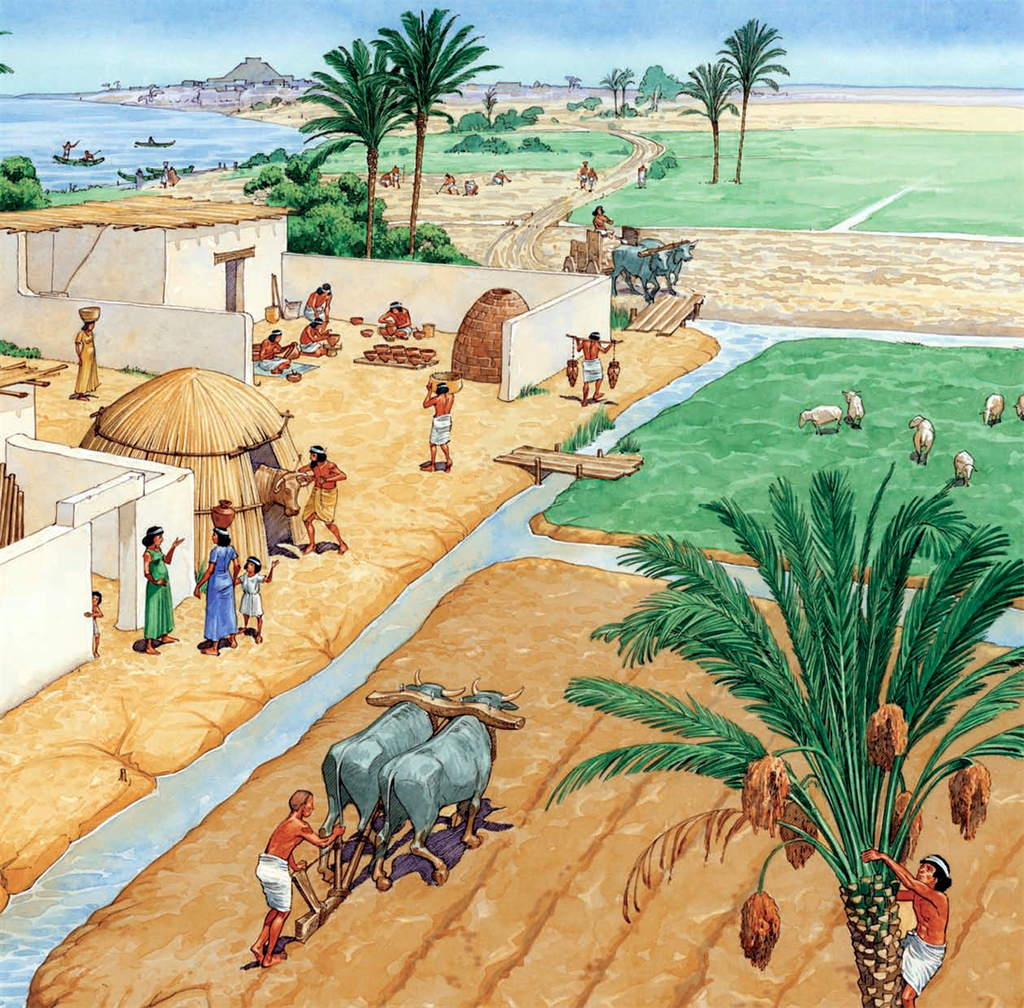
THE FARMERS:
We got to know through the remains that-
- The Harappans grew
- Wheat
- Barley
- Pulses
- Peas
- Rice
- Sesame
- Linseed
- Mustard
- A new tool.the plough was used to dig the earth and planting seeds.
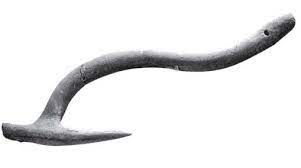
- The plough was probably made of wood that’s why not survived but toy models have been found.
- The Harappan region did not receive heavy rainfall, irrigation needed in some parts.
- This means that water once stored then supplied to the fields where plants grow.
THE HERDERS:
- The Harappan reared cattle, sheep, goat and buffalo.
- They settled around the water resources and the pasture lands.
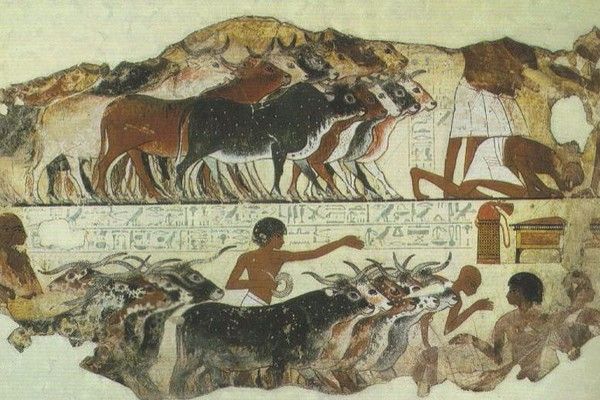
- And moved to far off places in search of water and pastures during the summers.
- They collected fruits like ber, caught fish and hunted wild animals like the antelope.
End of first civilization
END OF FIRST CIVILIZATION
- The cities of Harappa developed about 4700 years ago.
- These cities were fully flourished.
- The construction of the houses, drains and streets reflected the well planned architecture of that period.
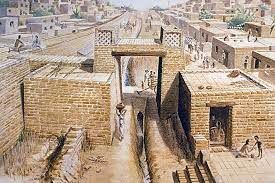
But around 3900 years ago ,major changes were seen .
-
- People stopped living in many of the cities.
- Writing, seals and weights were no longer used.
- Raw materials were rarely brought from distant lands.
- In Mohenjodaro,
- Garbage piled up on the streets
- The drainage system broken down
- Less impressive houses were built
The reason behind these changes were not sorted out till date but scholars suggested that-
- The rivers dried up
- There was deforestation
- As fuel was required for baking bricks and smelting copper ores
- Grazing by large herds of cattle, sheep and goat
- There were floods in some areas.
- The rulers lost their control over the region.
These reasons are not accepted at all as it would only affect some areas, not the whole civilization together.
Whatever the reasons were, here was the end of this flourished civilization .
Now people moved into newer and smaller settlements to the east and the south.
New cities emerged about 1400 years ago.

 Indira Gandhi Memorial High School
Indira Gandhi Memorial High School
